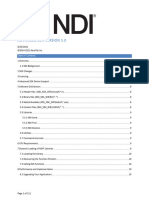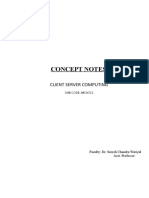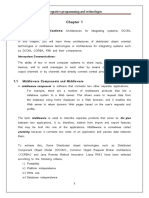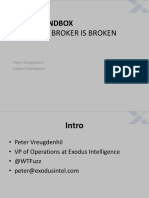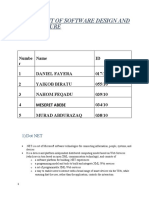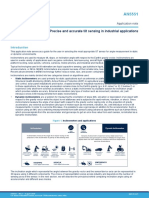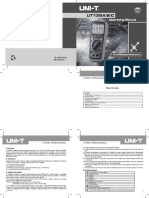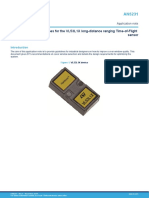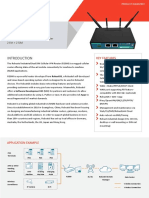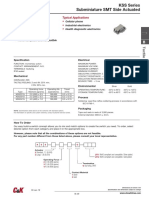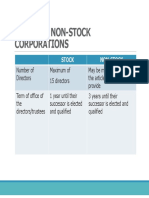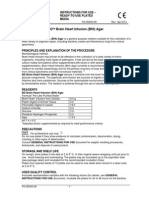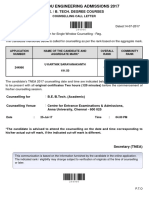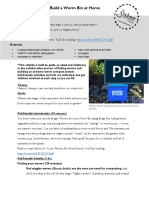0% found this document useful (0 votes)
35 views10 pagesTD278 AADI Real-Time Programming Reference
The purpose of this document is to describe how to connect to the AADI Real-Time Collector
client services.
Uploaded by
Van ToanCopyright
© © All Rights Reserved
We take content rights seriously. If you suspect this is your content, claim it here.
Available Formats
Download as PDF, TXT or read online on Scribd
0% found this document useful (0 votes)
35 views10 pagesTD278 AADI Real-Time Programming Reference
The purpose of this document is to describe how to connect to the AADI Real-Time Collector
client services.
Uploaded by
Van ToanCopyright
© © All Rights Reserved
We take content rights seriously. If you suspect this is your content, claim it here.
Available Formats
Download as PDF, TXT or read online on Scribd
/ 10







